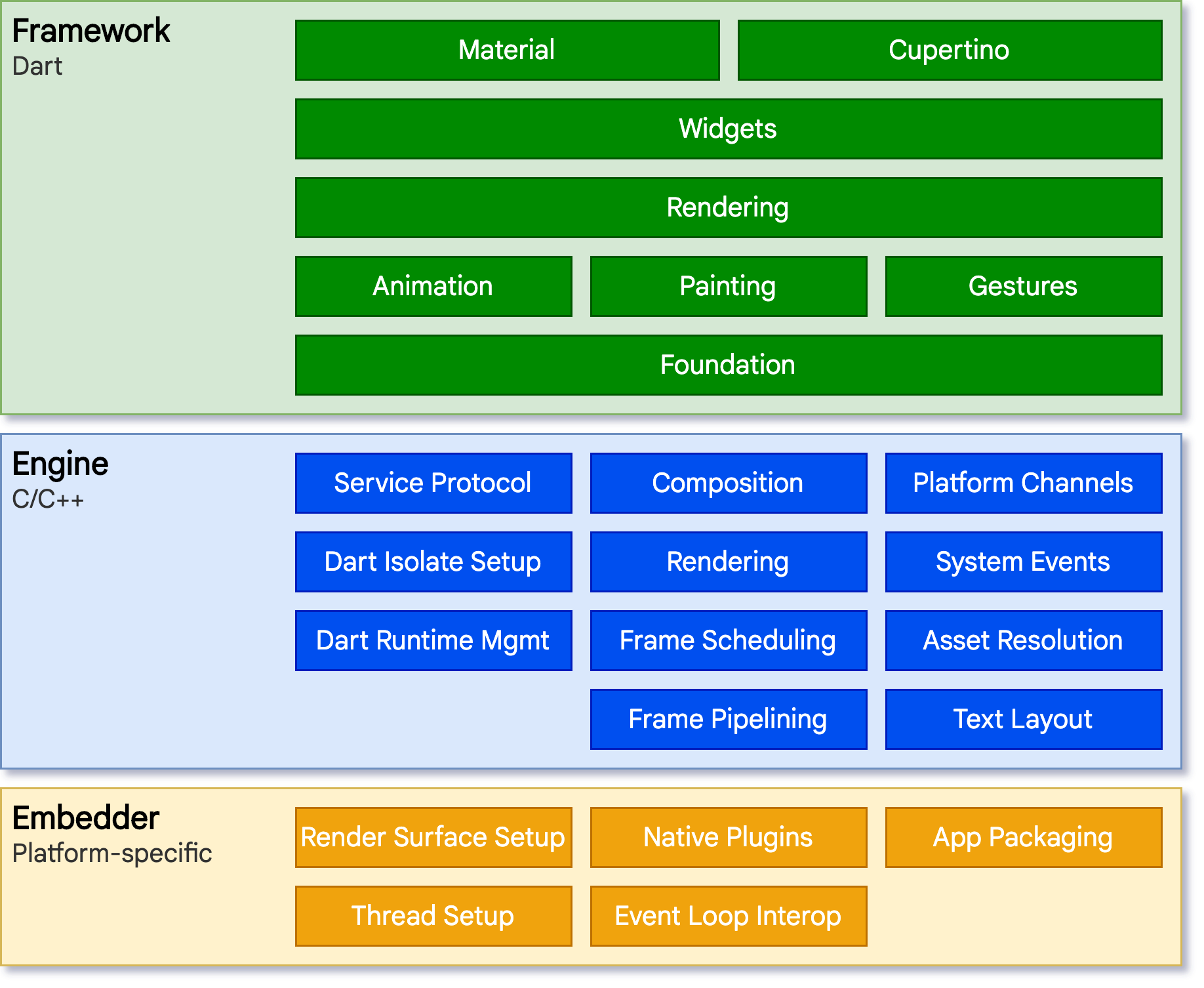

I've shipped three Flutter Desktop apps for enterprise internal tools since Flutter 3.0 stabilized in May 2022, and here's what actually happens when you try to build real applications that people need to use every day to do their jobs.
What Actually Works (And What Doesn't)
Flutter Desktop apps compile to native binaries that feel fast enough for users to not complain. They use around 200-300MB of RAM, which sounds like a lot until you remember that Electron apps regularly eat 600MB just to display a fucking form. At least Flutter's memory usage stays relatively stable instead of growing until your laptop sounds like a jet engine.
Hot reload works great until it doesn't. When it breaks (and it will), you're back to full rebuilds that take 2-3 minutes. Still beats waiting for Visual Studio to compile C++, though. I've found that hot reload tends to shit the bed when you're working with platform channels or complex state management, which is exactly when you need it most.
The cross-platform promise is mostly real. I've had the same codebase run on Windows 10, Windows 11, macOS Monterey, and Ubuntu 20.04 without major issues. The "mostly" caveat: platform-specific plugins break in fascinating ways. Window positioning behaves differently on each OS, and don't get me started on file dialogs - they work but look weird on Windows 11.
Where Enterprises Actually Use This Shit

I've seen Flutter Desktop work well for:
- Admin dashboards where you need data grids, charts, and forms that don't look like they're from 2003
- Internal tools that need to integrate with existing APIs but don't require fancy OS integrations
- Data entry applications where cross-platform consistency actually matters because your team uses mixed environments
- Employee portals that mostly just display and update database records
Where it breaks down: Anything requiring deep OS integration. Need to integrate with Active Directory beyond basic auth? You're writing platform channels. Want native notifications that actually work properly? Good luck with that. File system operations beyond basic read/write? Hope you like debugging platform-specific code paths.
Real production gotchas I've encountered:
- Windows registry access requires platform channels and proper permissions
- macOS Keychain integration is a nightmare of certificates and entitlements
- Linux desktop integration varies wildly between distributions
- Network policy enforcement breaks in enterprise environments with proxy servers
- Certificate pinning requires custom HTTP client implementations
The Security and Deployment Reality
Flutter Desktop apps run as native binaries, which means your data stays on the desktop instead of being sent to Google every time someone loads a web page. That's actually a big win for enterprise compliance, assuming you can get through your security team's review process.
Deployment is where things get interesting. MSI packaging works fine until you hit a corporate environment with security policies written by paranoid sadists. Then you'll spend a week figuring out why your app won't install, only to discover it's a code signing issue that could have been resolved with a $300 certificate.
macOS deployment is its own special hell of notarization and certificate management. Linux is actually the easiest - AppImage just works, which is shocking considering it's Linux.
Enterprise deployment tools that actually work:
- Microsoft SCCM integration for Windows environments
- Jamf Pro deployment for macOS corporate management
- Ansible playbooks for Linux server environments
- Group Policy software installation for Windows domain controllers
Bottom line: Flutter Desktop works for enterprise internal tools if you understand its limitations and design around them. It's not perfect, but it's significantly better than the alternatives for cross-platform business applications that need to run on mixed corporate environments.

